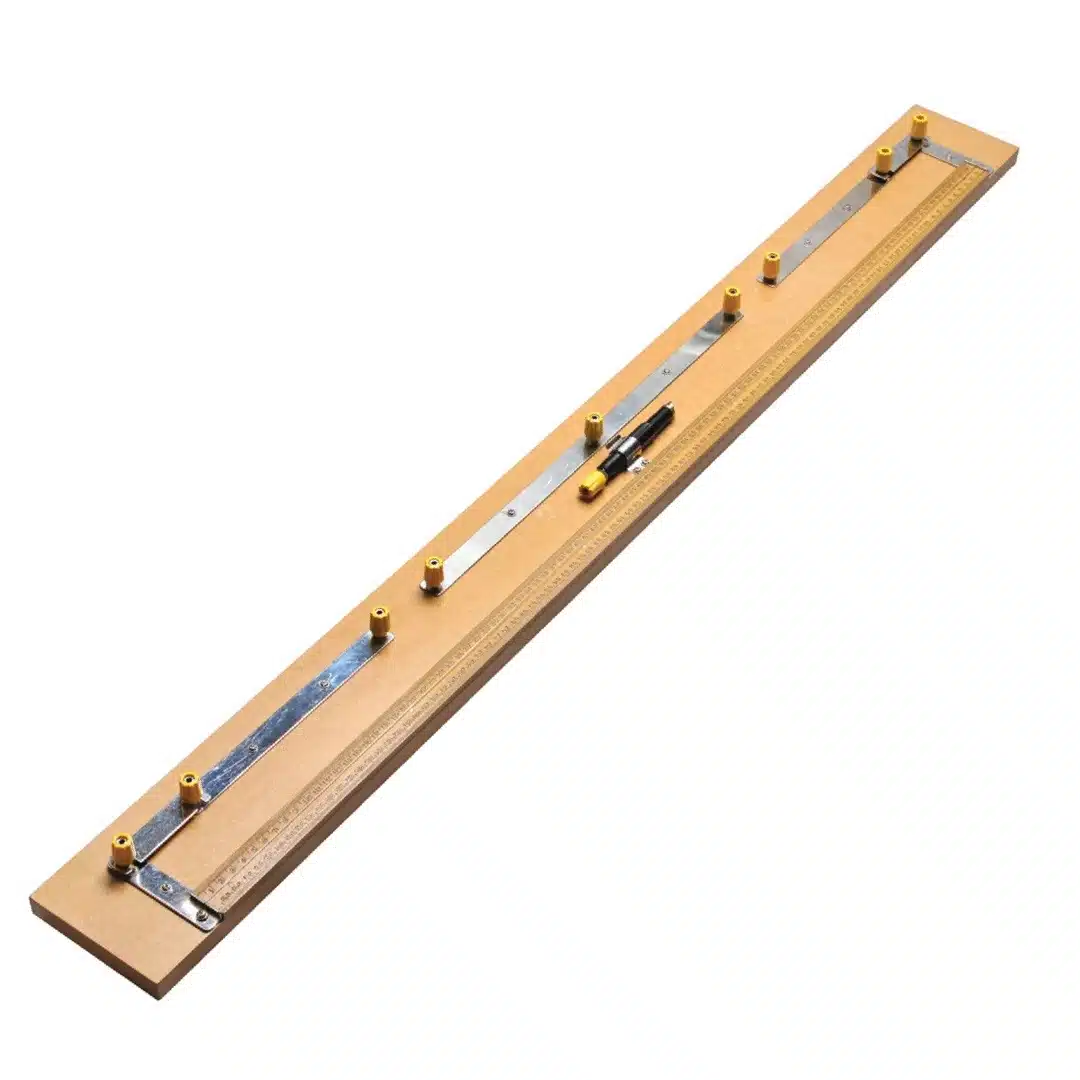Description
A Wheatstone bridge is an electrical circuit used to measure the resistance of an unknown resistor. It consists of four resistors arranged in a bridge configuration. Two of the resistors are known resistors, and the other two are the unknown resistor and a variable resistor. A galvanometer is connected between the midpoints of the two outer resistors.
When the bridge is balanced, the current flowing through the galvanometer is zero. This occurs when the ratio of the two known resistors is equal to the ratio of the unknown resistor to the variable resistor.
The equation for a balanced Wheatstone bridge is:
R1/R2 = X/S
where:
- R1 and R2 are the known resistors
- X is the unknown resistor
- S is the variable resistor
To use a Wheatstone bridge to measure the resistance of an unknown resistor, the following steps are performed:
- The known resistors are selected so that their ratio is close to the expected value of the unknown resistor.
- The variable resistor is adjusted until the galvanometer shows zero current.
- The value of the unknown resistor is calculated using the equation above.
Experiment – To find resistance of a given wire using a meter bridge and hence determine the resistivity (specific resistance) of its material.




Reviews
There are no reviews yet.